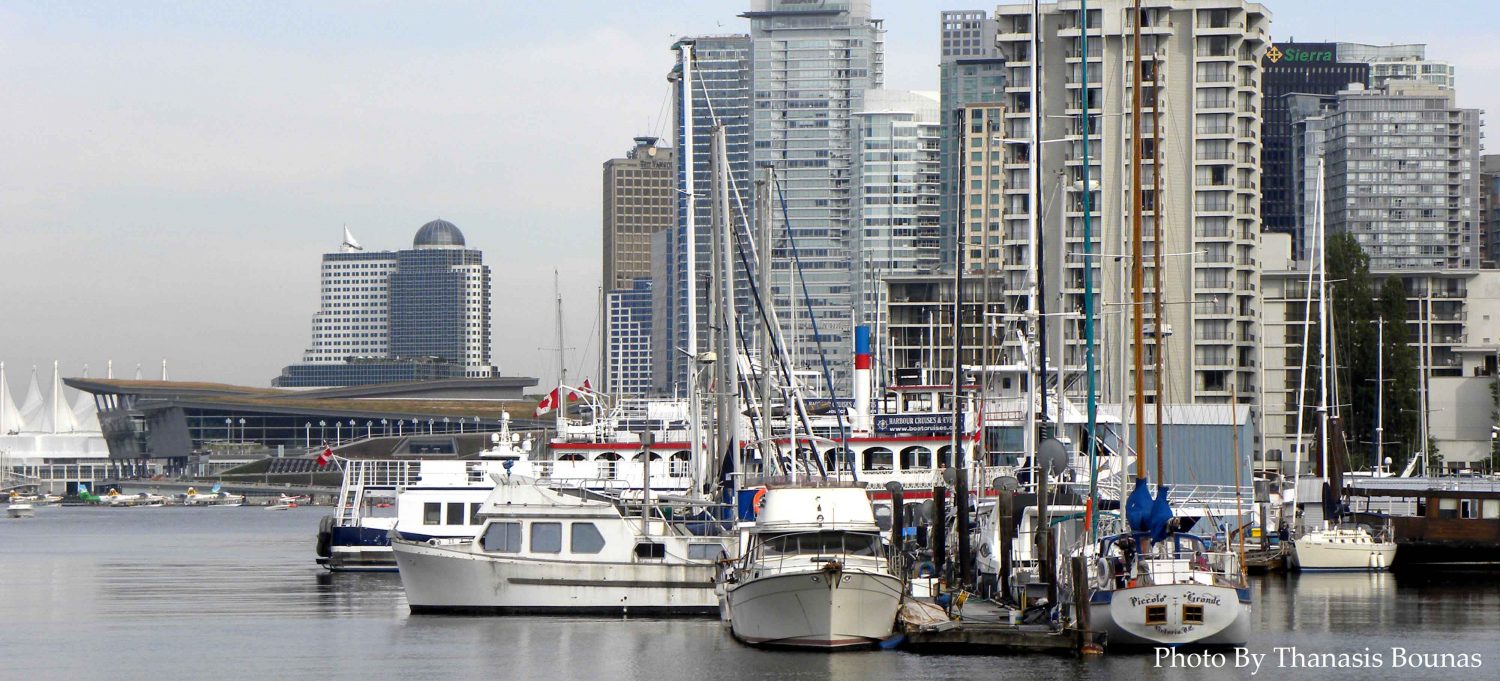
Vancouver has emerged as one of the most recognizable cities in the world for its unique relationship with nature and its bold, modern architecture. Over the past few decades, the city has evolved into a dynamic urban center, where skyscrapers dominate the skyline, reflecting both ambition and identity.
The Philosophy of Vertical Growth
Urban development in Vancouver follows a design approach that emphasizes slim, high-rise buildings and vertical living. These tall towers are thoughtfully integrated into the city’s grid, allowing for open public spaces, access to natural light, and uninterrupted views. This design promotes a walkable, livable city without sacrificing density or aesthetics.
A City That Reflects the Sky
Vancouver’s skyline is characterized by its glass façades, minimalist geometry, and seamless integration with the natural environment. The buildings mirror the surrounding ocean, mountains, and sky, creating an architectural landscape that feels open, reflective, and alive. Light, transparency, and movement are key elements in the city’s contemporary urban image.
Sustainability at the Core
Modern architecture in Vancouver isn’t just about how high you build — it’s about how responsibly you build. Many new structures are designed with green technology, high energy efficiency, and low carbon footprints. From green roofs and rainwater systems to locally sourced materials and passive heating designs, sustainability is woven into the city’s building strategy.
A Photographer’s Urban Playground
Vancouver’s skyline offers endless visual inspiration. The way sunlight plays across the glass, the soft fog rolling in from the bay, and the dramatic backdrop of the mountains make the city a favorite for urban photographers. Each season brings a different light — and a new way to appreciate the living canvas of this ever-changing skyline.
Building Tomorrow’s Skyline
The city continues to grow upward, but with care and intent. Future developments aim to balance height with humanity, ensuring that urban growth remains connected to public life and environmental responsibility. In this way, Vancouver proves that a city can expand without losing its character or livability.
Conclusion
Vancouver’s modern skyline is more than a collection of tall buildings — it’s a symbol of progressive urbanism, where design meets sustainability and nature meets innovation. These skyscrapers aren’t just structures; they are statements. They speak of a city that’s reaching upward, thinking forward, and reflecting everything around it.






Be the first to comment